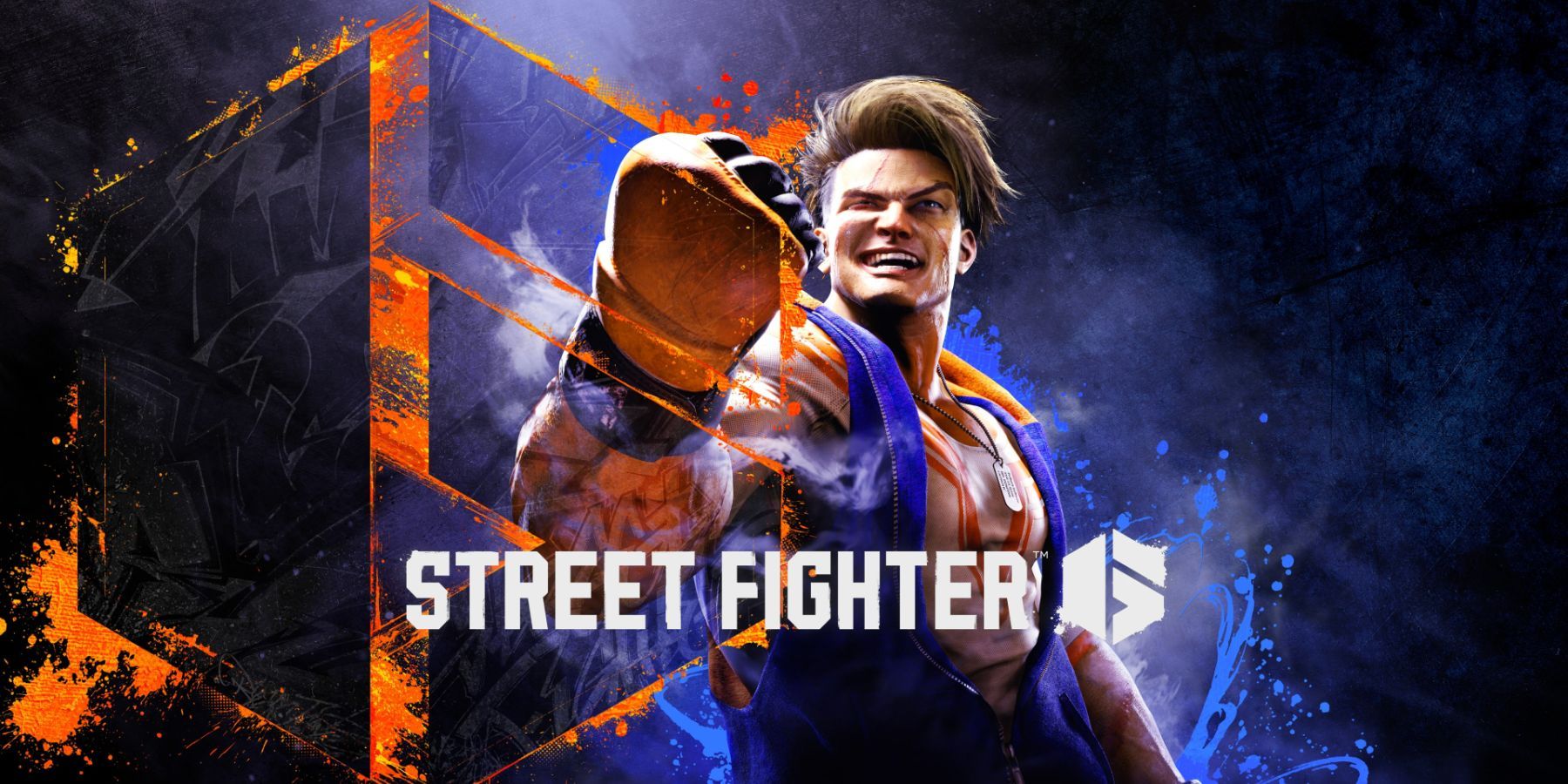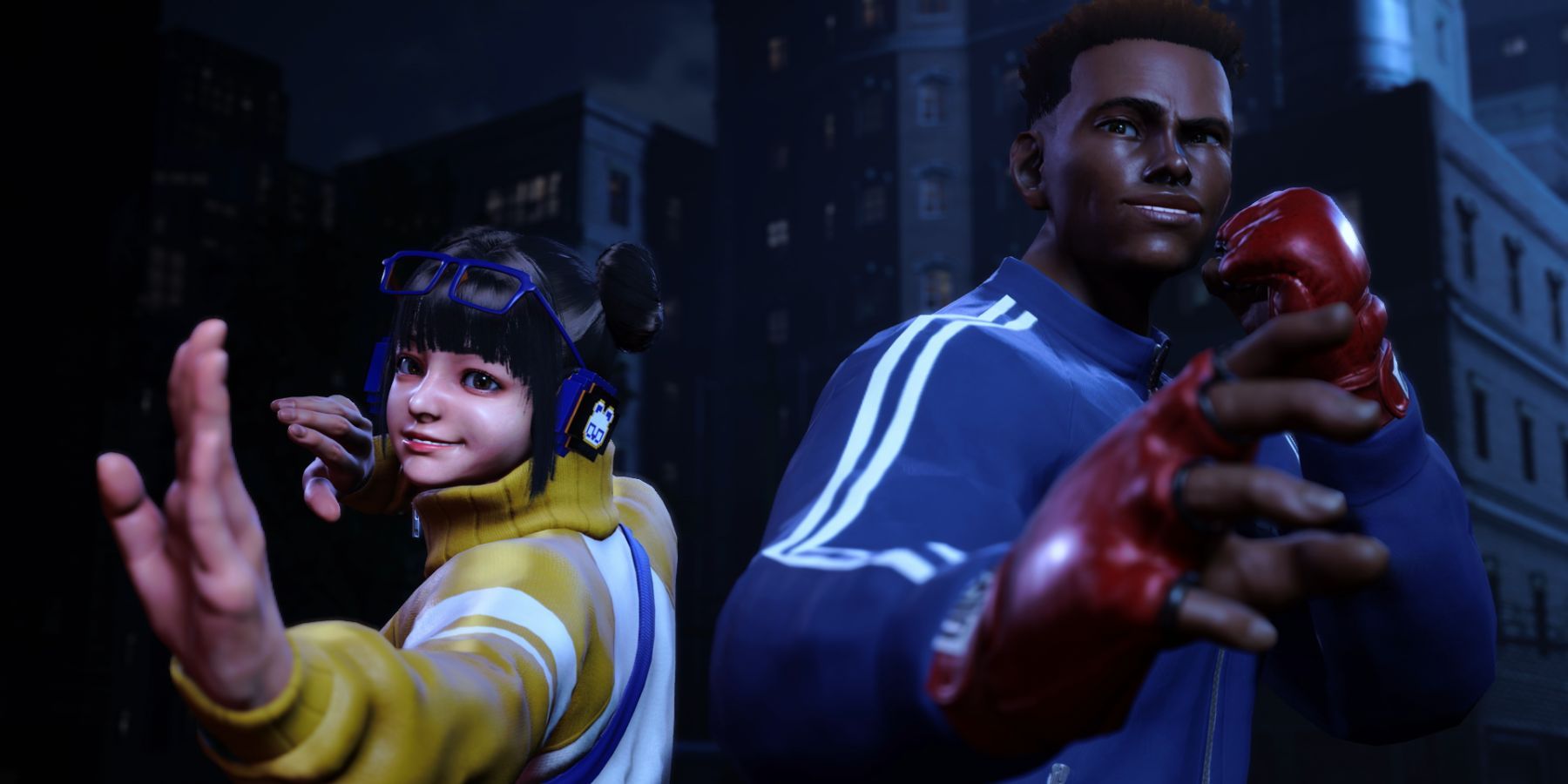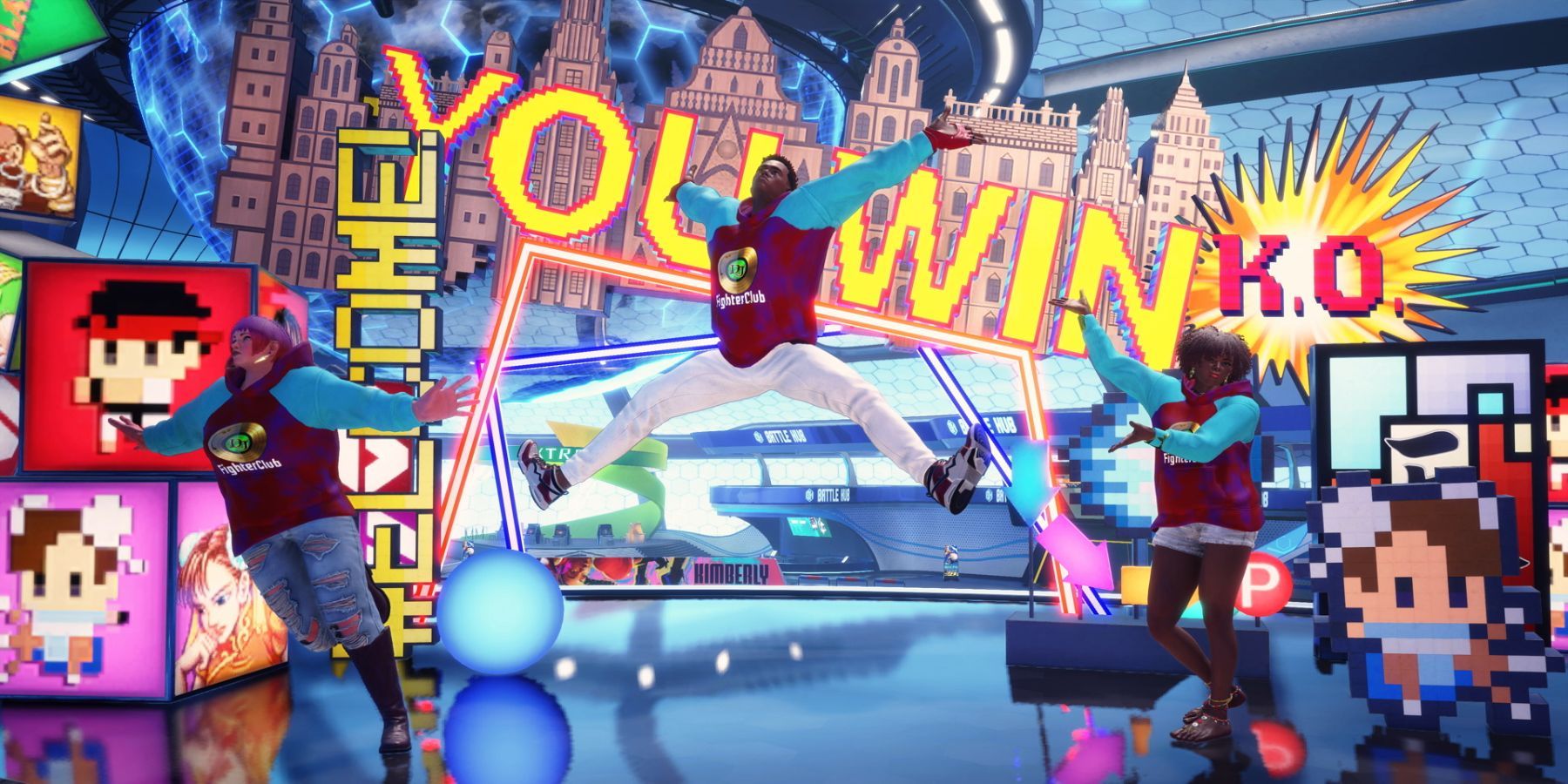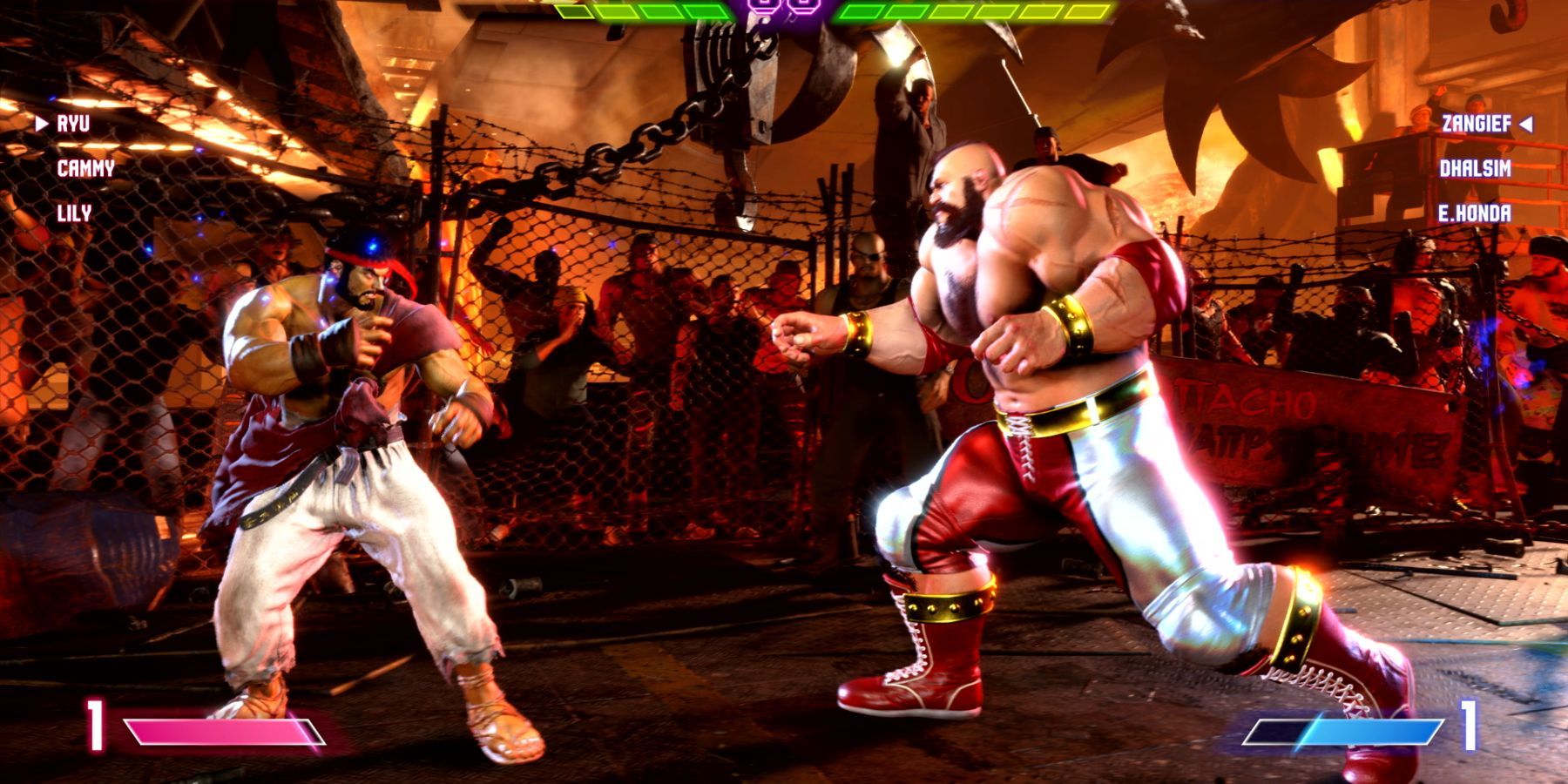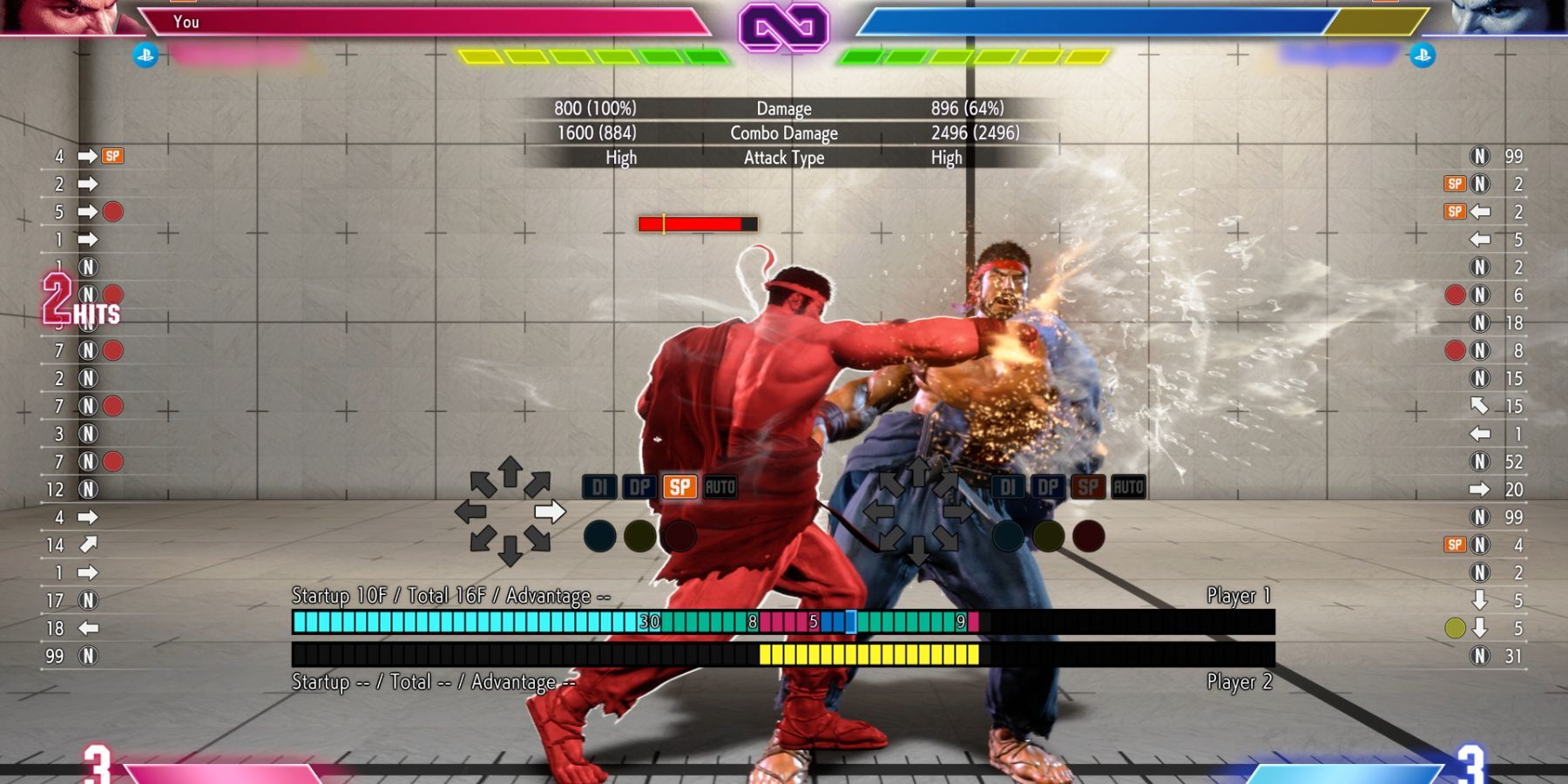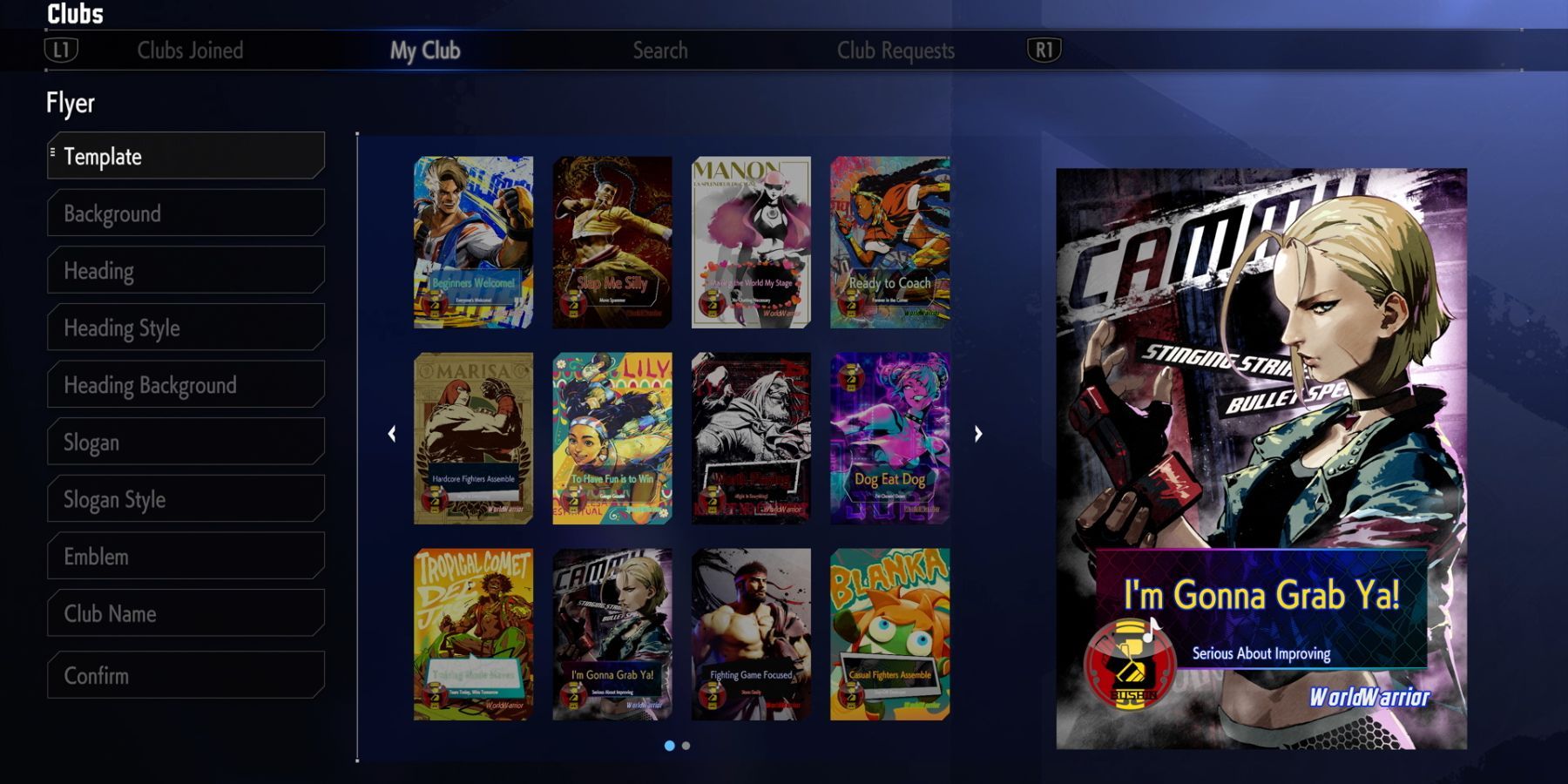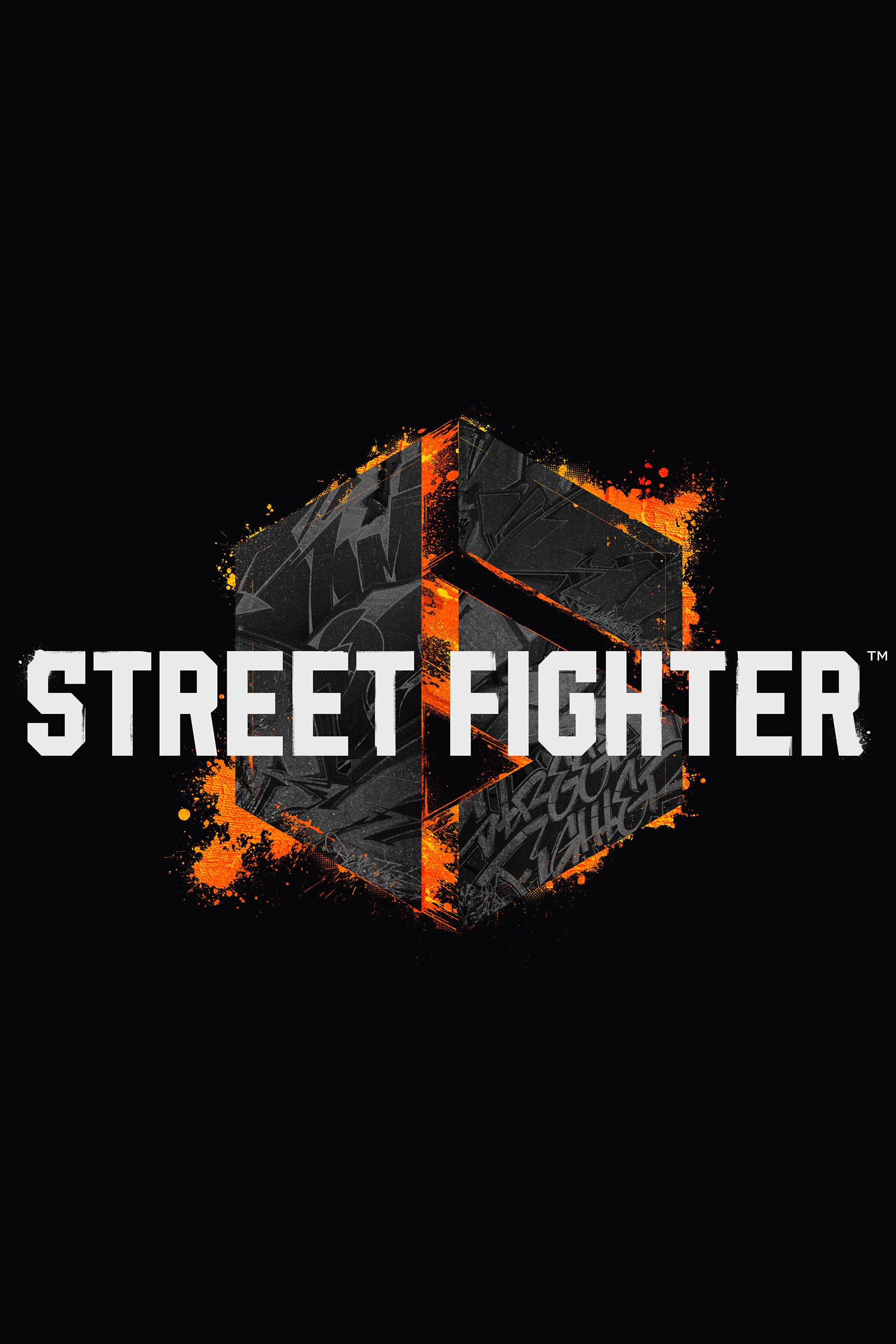Once, Street Fighter was the leading franchise of fighting games. It had enough clout that SF4's success pulled the entire genre out of a dark age, but this relationship crumbled in 2016 with the bare-bones release of Street Fighter 5. Among other controversies, it lacked conventional arcade and story modes at launch, and the bugs in its rollback netcode were never fully squashed. Leading competitors overtook Street Fighter in casual audience popularity, and SF5's gradual improvements couldn't regain lost ground. A full console generation later, Street Fighter 6 needed to not only prove its worth as a new fighting game but also mend the wounds its predecessor left.
Climbing back to the top seems like an impossible task, but Street Fighter wouldn't live up to its name if it backed down from a fight. Armed with every lesson SF5 could teach, Street Fighter 6 marks a revival the likes of which haven’t been seen since Mortal Kombat’s 3D era gave way to Mortal Kombat 9. That title is particularly relevant, as Street Fighter 6 and its globetrotting World Tour mode could be the first major evolution in a fighting game's single-player space since MK9's celebrated cinematic story. Street Fighter 6 may not just reclaim its throne, but set a new standard for AAA fighting games.
While Street Fighter 6 opens by pointing players toward the online Battle Hub, everyone’s first stop should be World Tour. This mode is a direct response to criticisms of Street Fighter 5’s story, and it could be the first step away from AAA fighting games' cinematic story mode trend. Combined with its own integrated tutorial and a gradual drip feed of battle mechanics, this is the intended first stop for any newcomer to Street Fighter and fighting games as a whole.
Players kick off their journey in the expansive character creator, the result of which doubles as a Battle Hub avatar. After getting introduced to their mentor Luke and rival Bosch, players are set loose into the world of Street Fighter to train with Masters, challenge random passersby, and eventually get wrapped up in a larger conspiracy. Mid-battle items, helpers, and even extra lives ensure players can keep making progress, and their avatar will level up with them through skill trees and gear. With cameos hailing from Street Fighter and Final Fight's extended universe and even special moves repurposed as movement tools, it's pure fan service wrapped in a Yakuza-like action RPG that emphasizes the fighting franchise's history.
World Tour's approachable package accompanies a noticeable effort to design around Street Fighter 6's new Modern control style. By removing most of the stress endemic to learning combos, performing motion inputs, and fighting real people, this mode and Modern controls will prove invaluable for SF6's long-term health. This also makes World Tour Street Fighter 6's best teacher, slowly building prowess through distinct enemy types, minigames built around battle mechanics, and the act of challenging strangers to fights. Where they take the resulting skills is up to each player, but World Tour shines as both its own game and a supplement for Street Fighter 6's broader ecosystem.
That becomes apparent when a World Tour avatar is brought over to the Battle Hub. Serving as Street Fighter 6's main online mode, the Battle Hub allows players to enter 3D lobbies and challenge human opponents. Battle Hub represents the most inviting online fighting suite yet, complete with excellent rollback netcode, crossplay, tournaments, player profiles, and signposting to draw beginners together. Issues like choppy matches and rage quits are accounted for in SF6, even if they do pop up every once in a while. Players seeking a break from the competition can also try out custom avatar fights, emulated retro games, wacky Extreme Battles, or posing, spectating, and DJing in the Hub itself.
Unfortunately, the Battle Hub also introduces the worst issue Street Fighter 6 suffers from. There are an enormous number of options in SF6, ranging from full Capcom Fighters Network search integration to total control of the player's public online profile, titles, greetings, and so on. All of this combined has resulted in three different pause menus accessed by their own buttons, and all of them are present in the Battle Hub. Worse, nearly all the menus in SF6, some of which have unusual formatting or load into distinct spaces like the Gallery, branch off from the initial menus. Street Fighter 6's sheer ambitions meant interface bloat may have been unavoidable, but it could have been handled better.
The third and final main mode is Fighting Ground, and its contents should be familiar to fighting game veterans. Genre staples like Arcade, Training, and Versus modes are found here, though that description doesn't quite do it justice. Fighting Ground's teaching resources are some of the best in the genre, with not only Character Guides and Combo Trials, but simple Training presets and Tutorials on basic tactics to answer all of a Street Fighter newcomer's burning questions. Online features are also available, allowing players to start matchmaking without the bustle of a lobby. There's even a Training tool for measuring frame data, which speaks to Street Fighter 6's refusal to leave hardcore or casual audiences behind.
Accessibility was a clear goal for Street Fighter 6, and while it doesn't have the breadth of options that modern first-party Sony titles do, SF6 raises the bar in its own genre. Its third control type, Dynamic mode, is only available offline but deploys context-sensitive actions with every button press. Camera and movement automation can provide assistance in navigating 3D environments, and audio cues for distance, attack height, and more can be activated at a user’s discretion. Several real-time commentators are also available, and though they're mostly for entertainment, they can help the player learn on the fly and keep their bearings.
No one should have to miss out on Street Fighter 6's top-notch gameplay. Street Fighter 5's frame traps and countdowns until V-Trigger activation have given way to a high-power, high-tension environment where fights are always exciting. Every character feels like a “best of” version of themselves, collecting moves from across the franchise and adding even more on top. Street Fighter 6's new combatants shine in their own ways, and there are no obvious duds on the base roster. Movement and general gameplay feels smooth and responsive, especially with current-gen systems' lower latency option, but the Drive System takes SF6 to a new level.
At its most basic, players have instant access to EX specials, SF3's parries, SF4's Focus Attack, and SF5's V-Reversal. If that's not enough, Drive Rush-canceling parries and certain attacks will give SF6 dazzling bursts of speed. SF6's Drive Gauge is a joy to use, but it doubles as a guard meter and losing it triggers the devastating Burnout state. Burnout not only locks the Drive System, but also reduces all of a victim's stats, enables chip damage, and can potentially result in being stunned in a corner. Despite this, the Drive System is so useful that players will find themselves trying to use it all the time, gradually learning to manage it and its consequences. Inexperienced players will enjoy its flashy and straightforward techniques, while pros should find new ways to use it for years to come.
It feels like a long lifespan is what Capcom has in mind, as Street Fighter 6 comes equipped with several live service elements. Fighter Coins can be purchased in the Battle Hub, and Drive Tickets are obtained through regular challenges. SF6 will launch with a free, rotating battle pass called a Fighting Pass, and Premium Courses will accompany it later on. Rental Tickets have also been spotted, presumably earned as a means to test drive SF6's DLC characters. Combined with Street Fighter 6's segmented modes and download structure, all of this implies that a free version of Street Fighter 6 is possible, though Capcom hasn't touched on the matter.
Regardless, Street Fighter 6 has more than enough content to sidestep monetization concerns, and everything in it is polished to perfection. Detail is evident not only in the playable characters and environments, but also everywhere else. The player is even brought into the fold here, with options to assemble their own take on Street Fighter's "challenger approaching" card, use facial emotes in loading screens, and search for specific replays down to which characters start on player 1 and 2's sides. Stellar voice acting and a huge, dynamic soundtrack with multiple vocal tracks complete the set and speak to a game crafted with love and care.
Flaws in Street Fighter 6's presentation are few and far between. That means when a gap is present, like free music selection in Versus mode, it stands out. The Resolution Mode setting is another miss, as it doesn't guarantee the locked frame rate needed for optimal play. It's especially rough in World Tour, which is where the worst of Street Fighter 6's visual faux pas are found. While stages and playable characters are present in the mode, everything else pales in comparison. All the rough player equipment, NPCs, and occasional camera bugs while loading fights are easy to look past, but stand out in the full scope of the game.
But that's the risk Street Fighter 6 took when it merged three game-sized modes. World Tour is the accessible and content-rich single-player attraction that the genre has been waiting for and has fully gamified the process of learning a fighting game. Battle Hub is one of the most enticing fighting game lobbies ever, introducing variety in the name of fun. Fighting Ground fills any gaps left by the other modes, while also emphasizing traditional gameplay and SF6's new mechanics like the Drive System. These modes easily hook their intended audience, and it seems Street Fighter 6 has reclaimed its spot at the top of the fighting game world.
Street Fighter 6 launches June 2 for PC, PS4, PS5, and Xbox Series X/S. Game Rant was provided with a PlayStation 5 code for this review.

